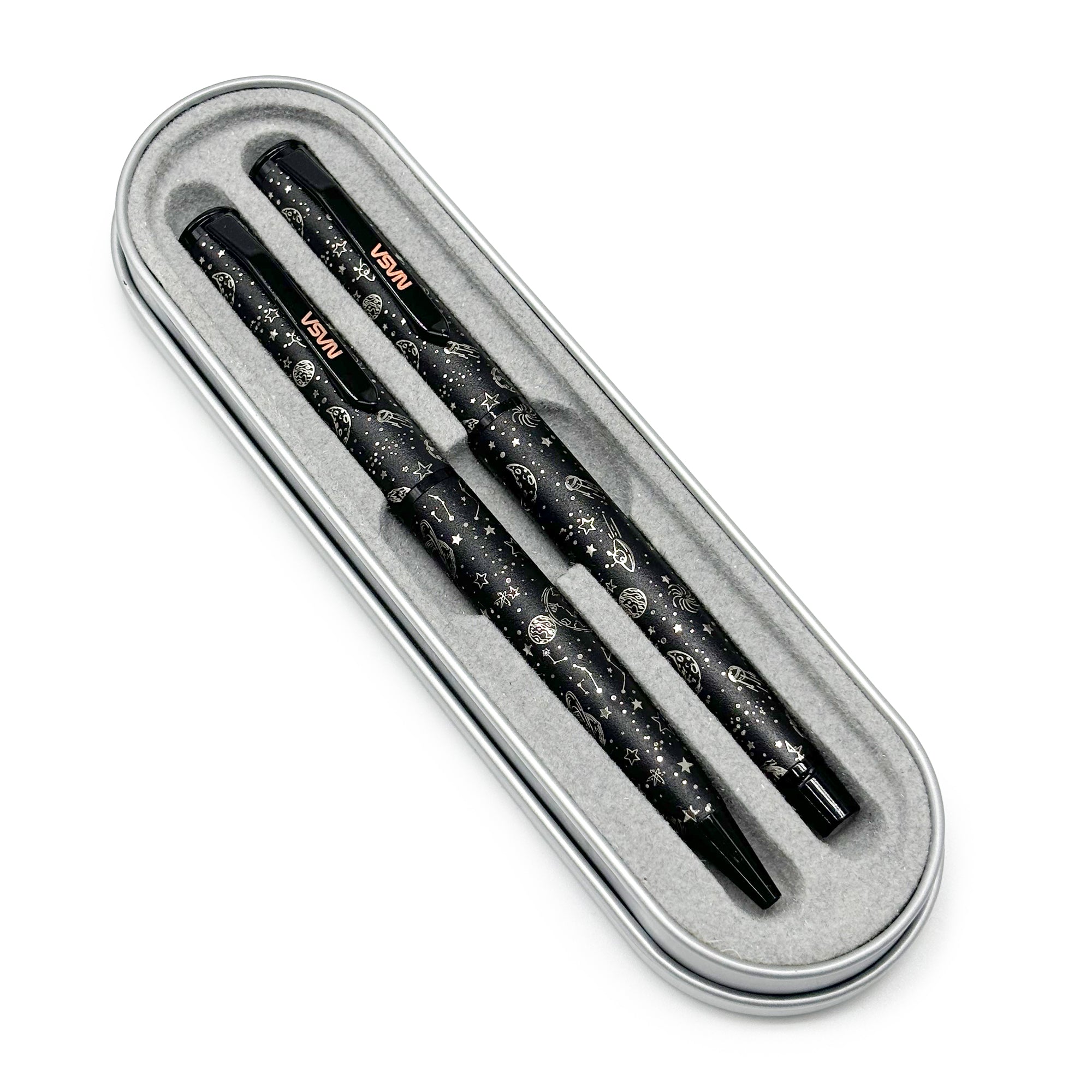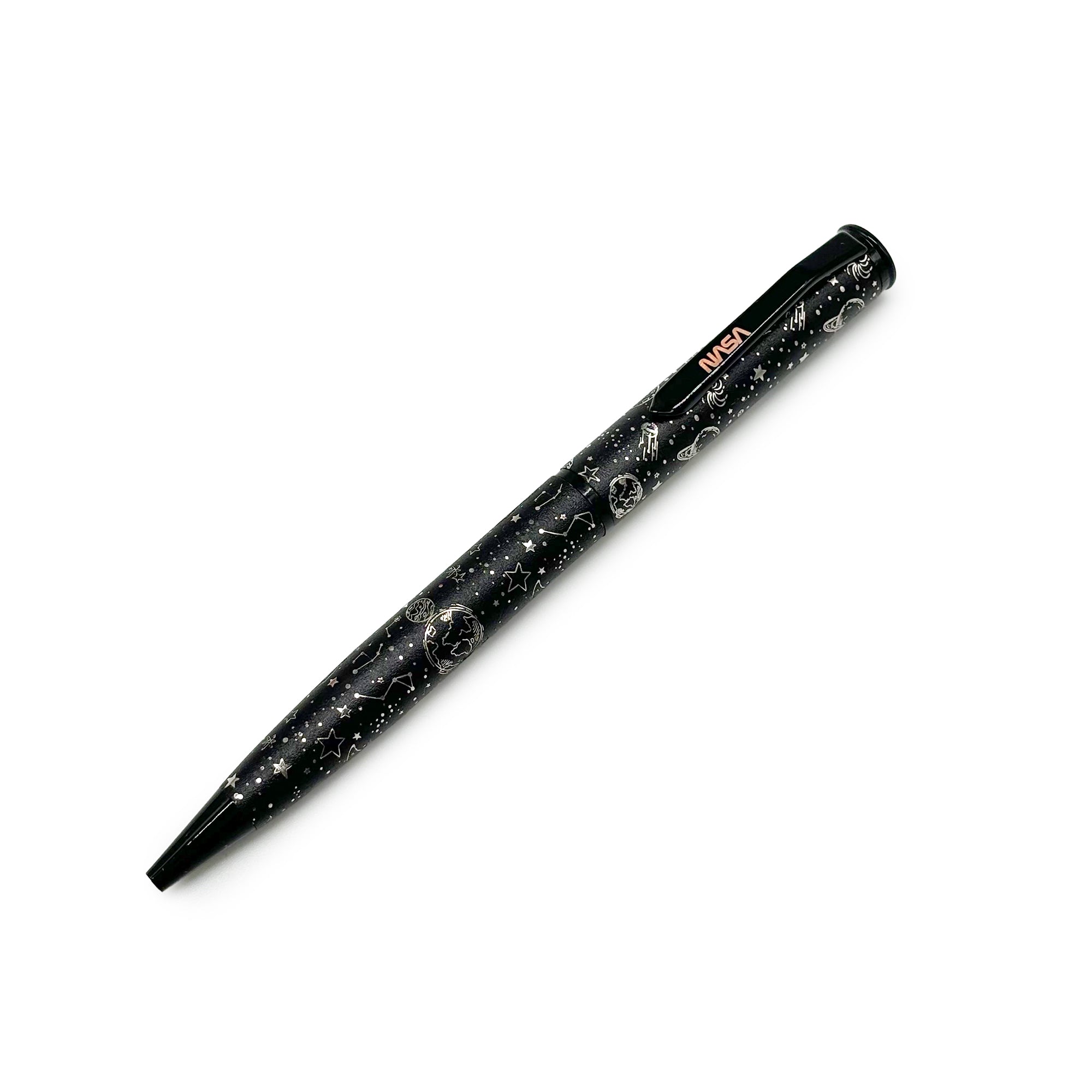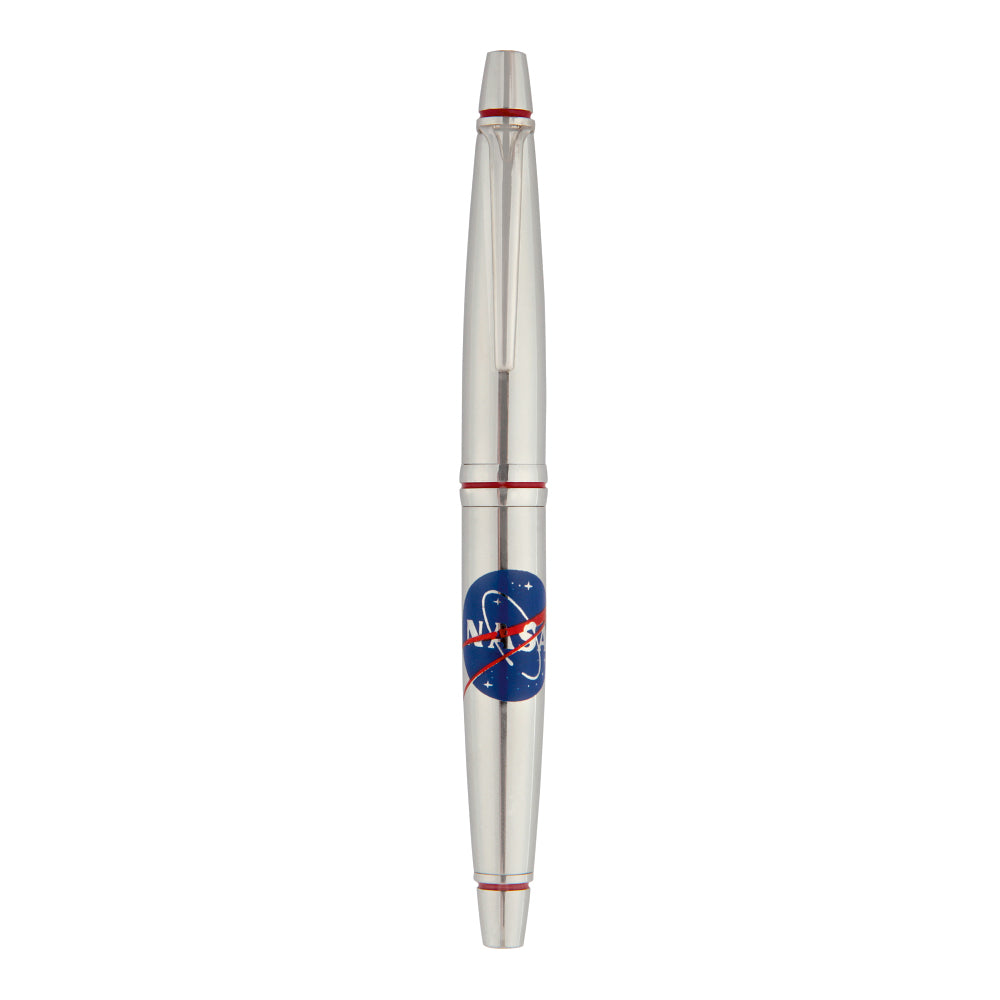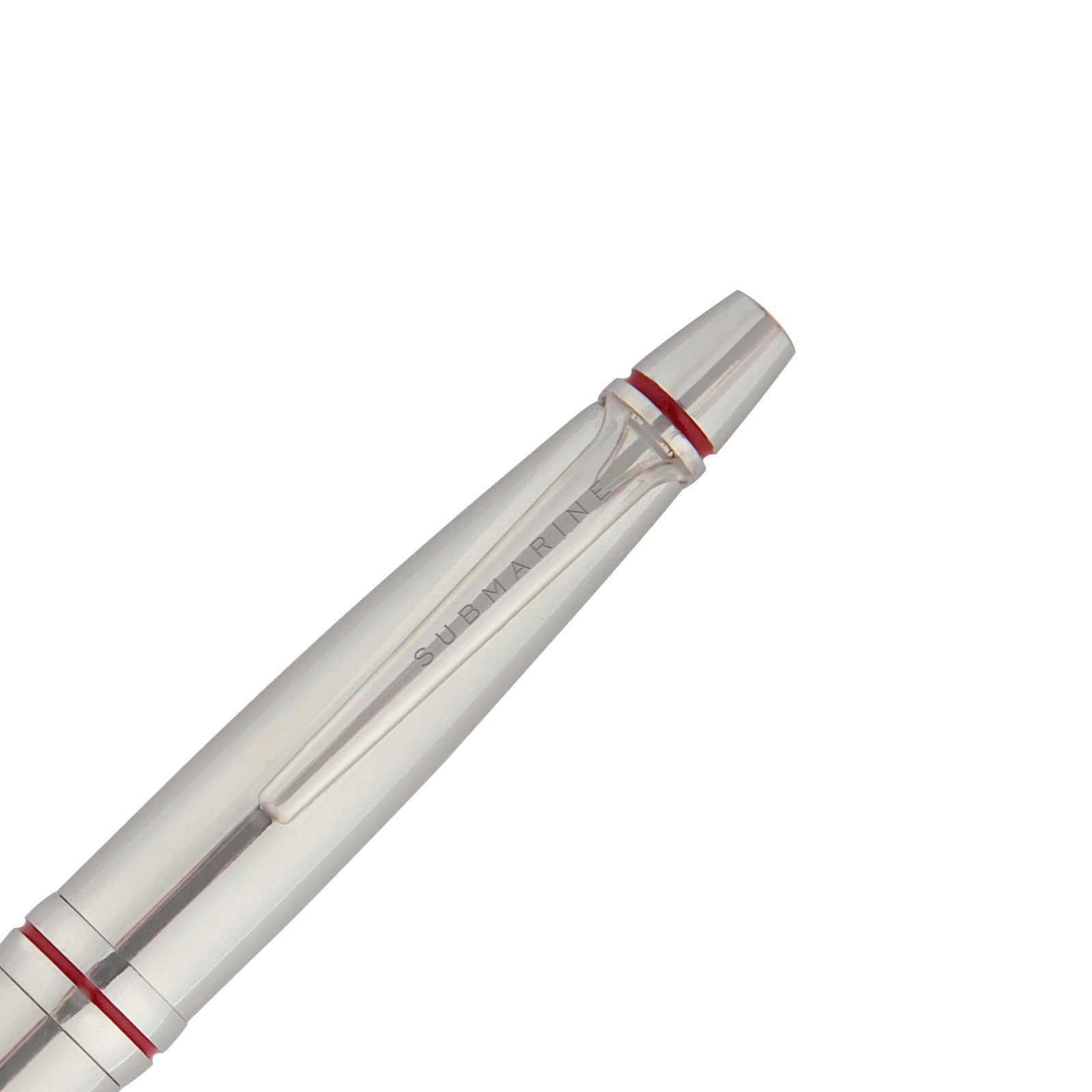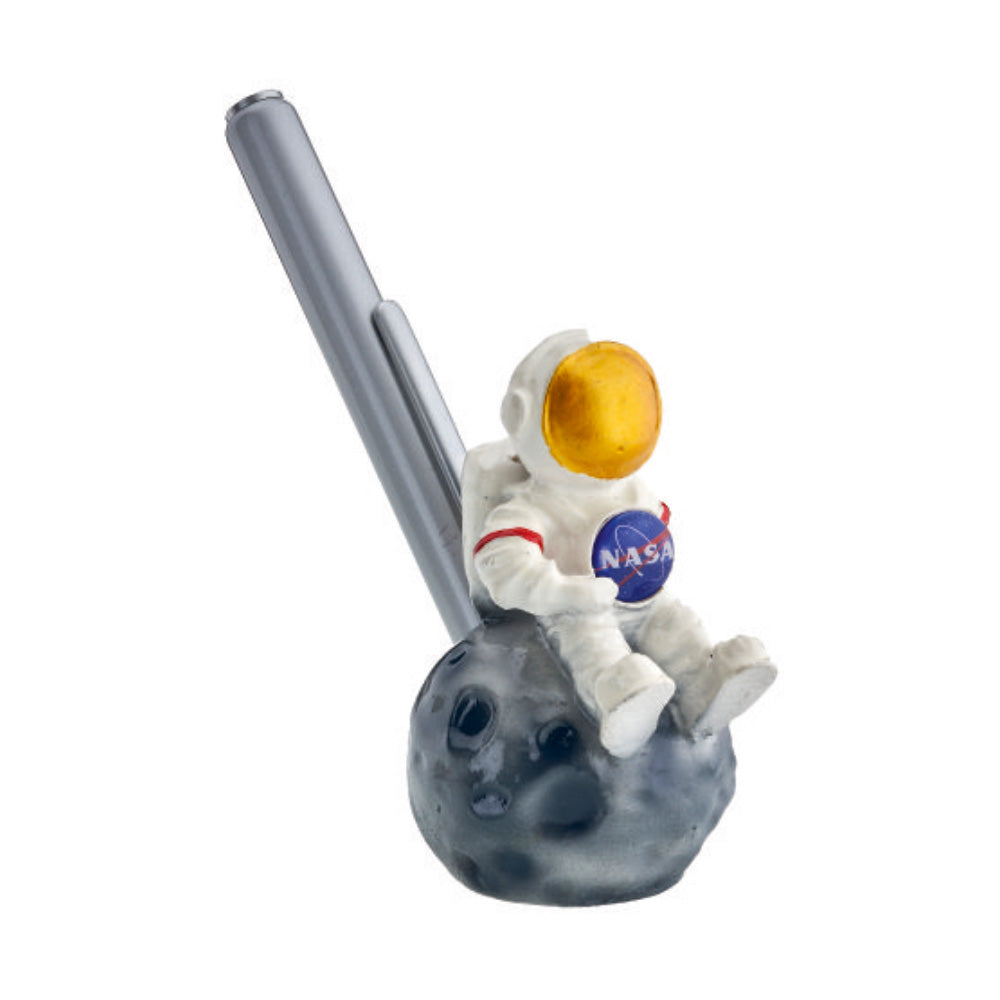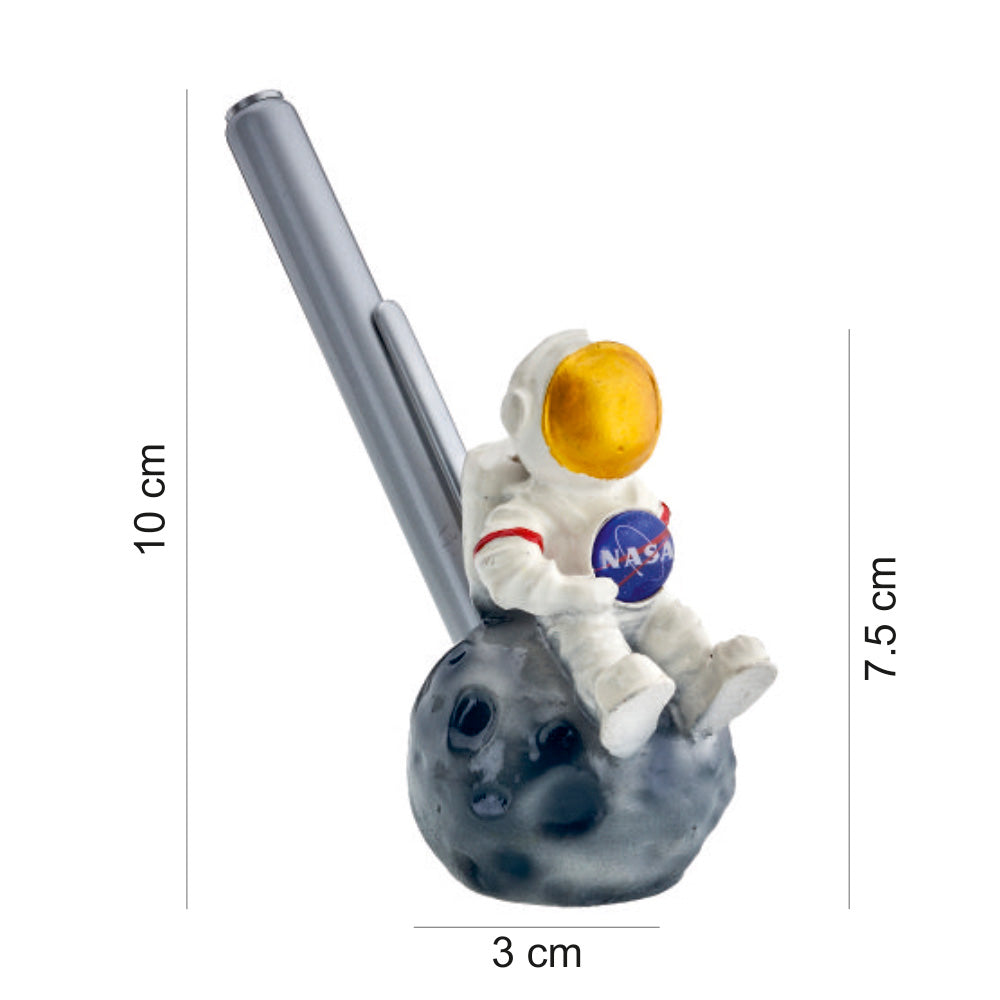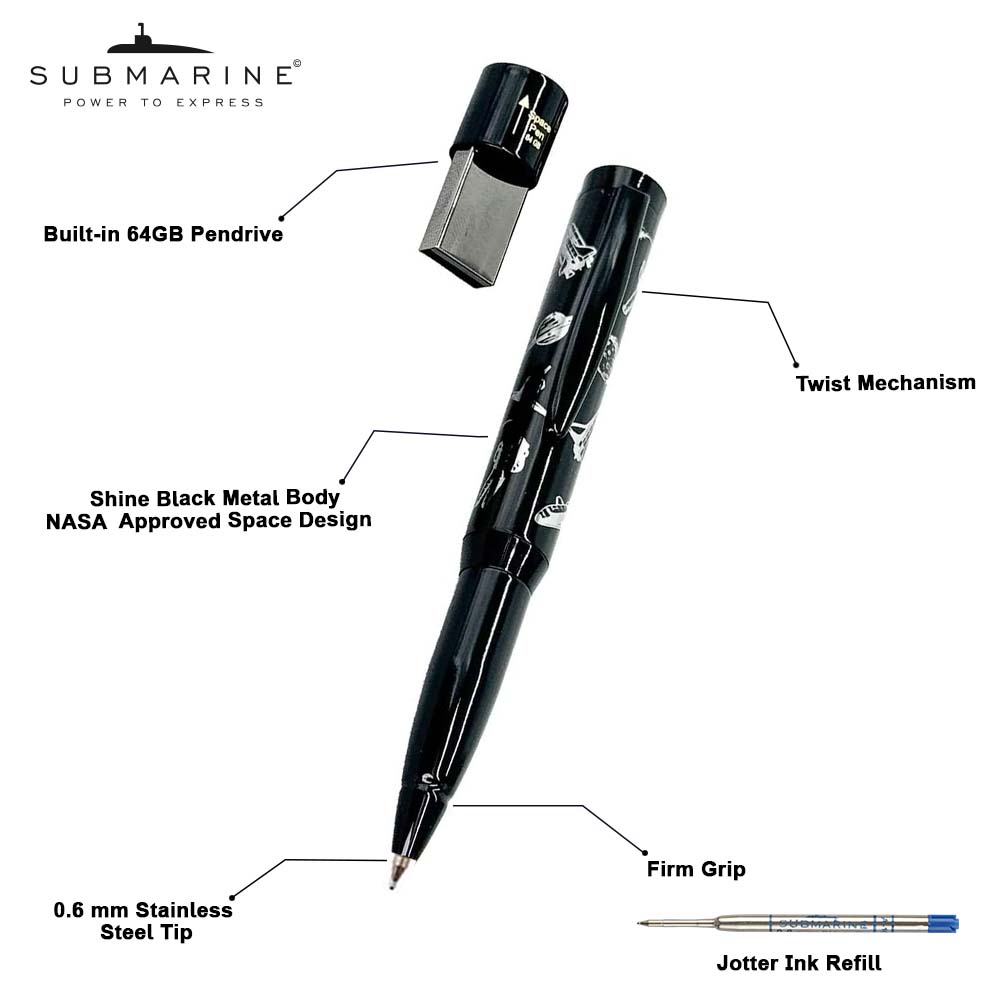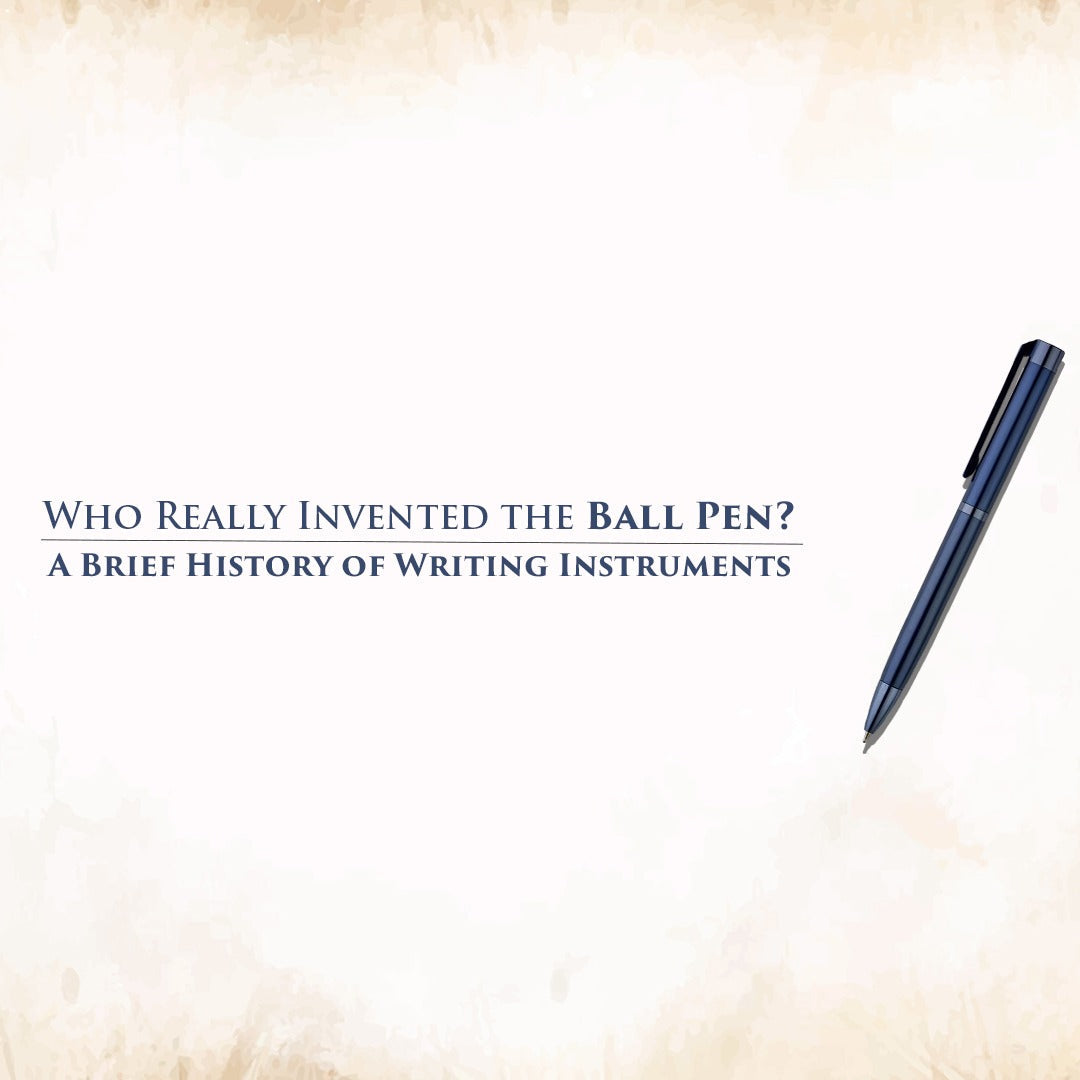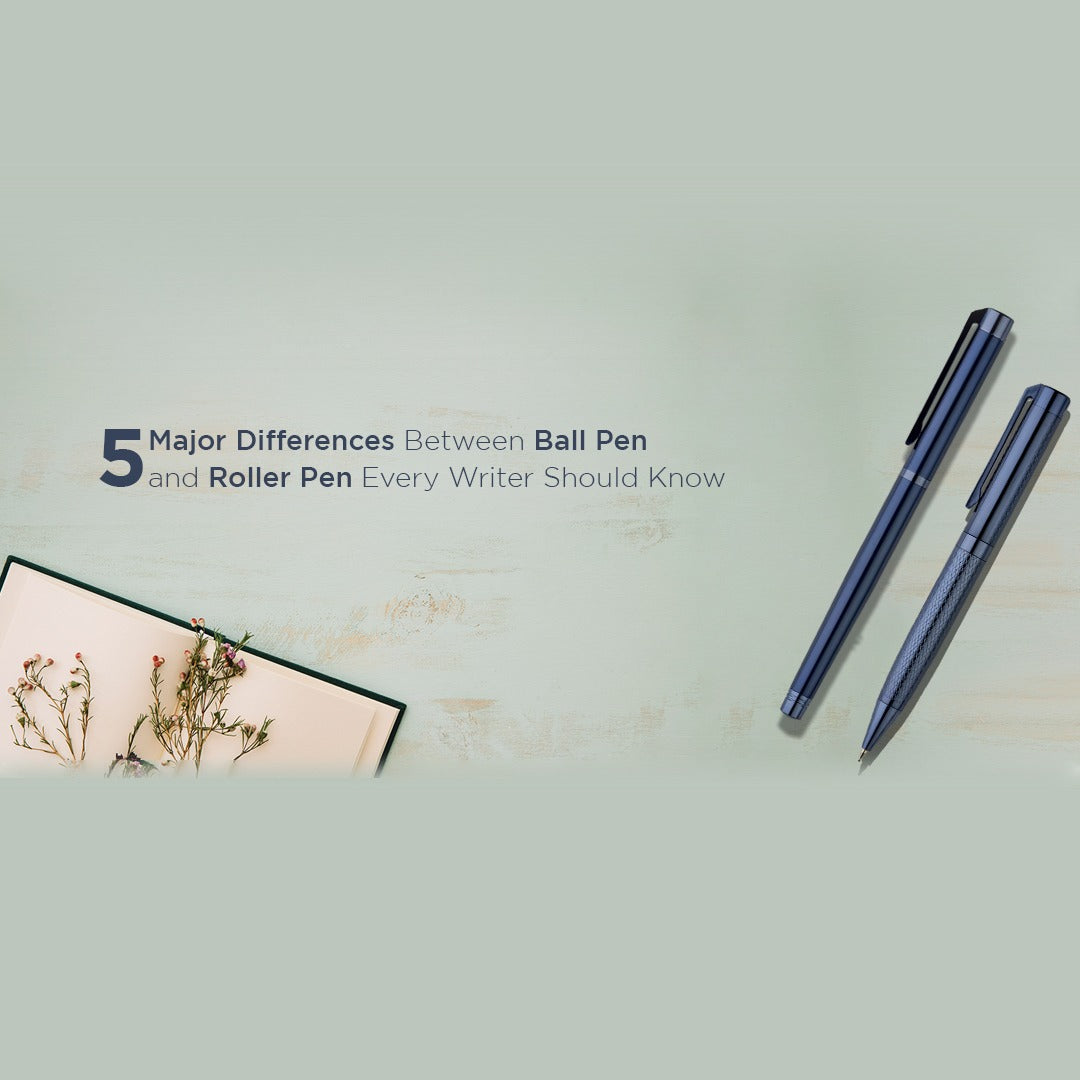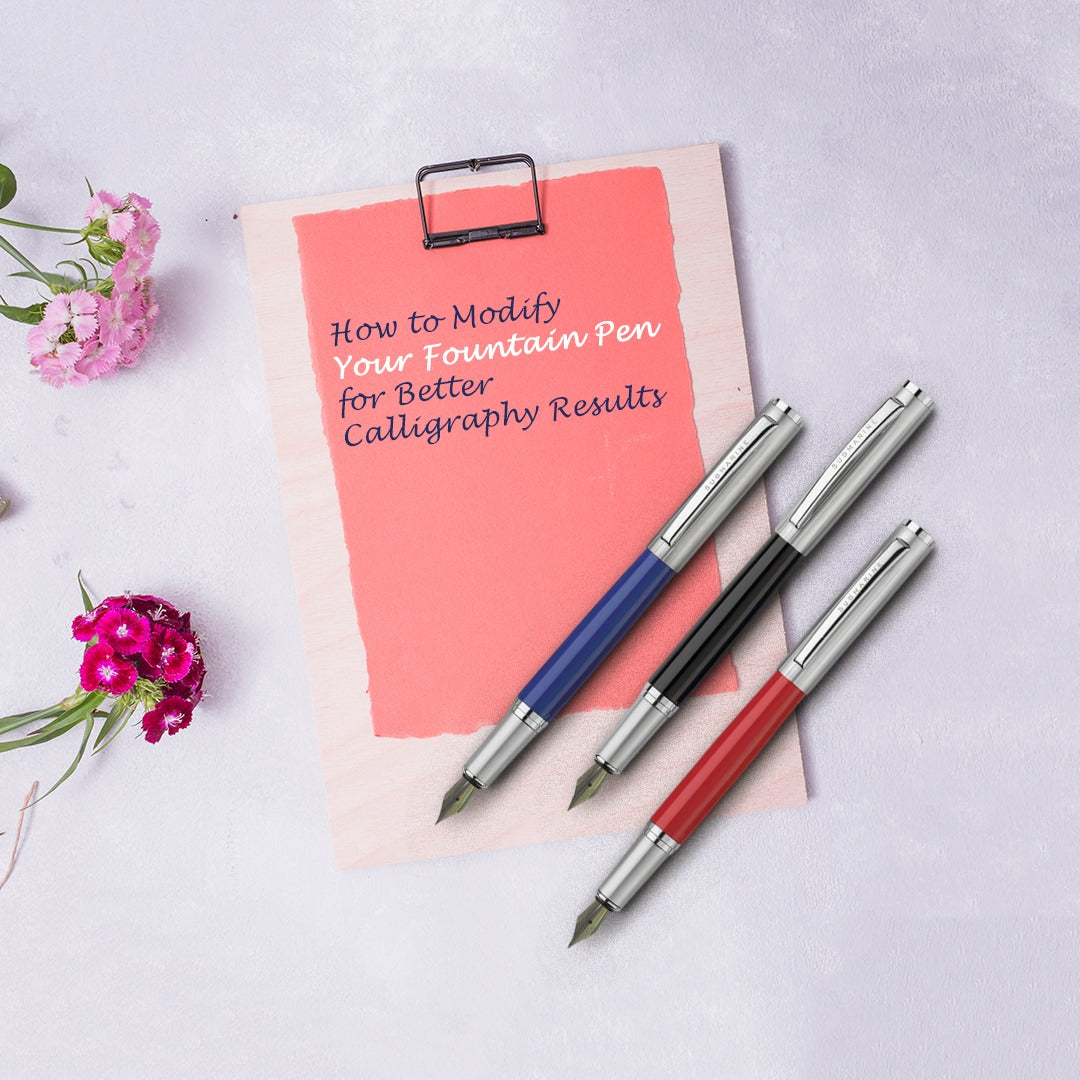
How to Modify Your Fountain Pen for Better Calligraphy Results
If you're new to calligraphy, you may have noticed that not all pens perform equally well on paper. While calligraphy fountain pens for calligraphy are usually precise, there's potential for adjustment to optimize your writing. Whether you're an amateur or a professional artist, adjusting your fountain pen can render your strokes smoother, make the ink flow better, and your imagination more unlimited.
Here's how you can optimize your fountain pen for improved calligraphy outcomes; with methods that suit beginners and professionals alike.
1. Select the Suitable Nib or Adapt the One You Have
The nib is the soul of a nice fountain pen, particularly when used for calligraphy. For crisp downstrokes and fine hairlines, one requires a nib suitable for the handwriting.
Use an italic, stub, or flex nib: These nibs are ideal for calligraphy as they provide line variation by pressure and angle.
Polish or reshape the nib: With a fine-grit micromesh, rub the tip of the nib of the luxury fountain pen smooth to eliminate roughness and regulate ink flow. Test always after each use.
Align the times: If the ink flow is uneven, it can affect the thickness of lines. Test with a loupe and fine-tune with a fingernail or brass shim.
Most fountain pens for calligraphy have interchangeable nibs making it feasible to do so.
2. Optimize Ink Flow and Feed Quality
Smooth ink flow is the secret to creating beautiful strokes. A lagging feed ruins your rhythm and the beauty of your letters.
Flush the feed periodically: Old ink or debris clogs the feed and interferes with the flow. Flush with water or pen cleaning solution every few weeks.
Alter the feed channel: A few calligraphers deepen the feed channel a little with a razor blade to improve delivery of ink, Make sure to do this with care and practice.
Heat-set the feed: For ebonite feeds, mild heat can assist in aligning them more snugly with the nib and enhancing ink flow.
This single step can turn an average pen into the best fountain pen for your calligraphy purposes.
3. Utilize Quality Ink
Not every ink is the same, particularly when used with fountain pens for calligraphy. The consistency, drying, and saturation of ink can make all the difference.
- Use inks designed specifically for fountain pen writing. India ink or other pigmented inks are not recommended for your pen.
- Select rich, water-based inks such as sepias, blacks, and blues for traditional calligraphy. A bright blue fountain pen ink adds a touch of classic with a dash of modernity to your script.
- Use ink additives or flow enhancers to avoid skipping or dryness.
- Refurbishing your ink may not influence your pen's build, but it greatly enhances overall performance.
4. Tweak Grip and Balance
Calligraphy is as much about pen performance as hand comfort. Occasionally, adjustments must be made to how the pen feels and not necessarily how it writes.
- Attach a grip enhancer or sleeve to your pen for an improved hold.
- Adjust the weight distribution by adding tiny washers in the barrel to counterbalance the pen in your hand.
- For extended use, try fountain pens with lightweight construction to minimize fatigue.
- Well-balanced and nice fountain pens can make every practice session a delightful ritual.
5. Regularly Clean and Tune Your Pen
A pen fine-tuned for calligraphy requires regular maintenance. Adjustments made once are only successful when supported by regular care.
- Clean the nib, feed, and converter of even the best fountain pen every two weeks.
- Check the cap and barrel for leaks or ink residue.
- Replace stale cartridges or converters for regular ink supply.
- Regular maintenance guarantees that your pen will stay dependable, particularly when completing client work or doing portfolio work. A luxury fountain pen may fail to meet expectations if not properly cared for.
Convert your fountain pen for improved calligraphy outcomes, but with a little patience, practice, an. With tweaks ranging from nib tuning and ink selection to enhanced balance and flow, small changes make a big difference in more expressive, more enjoyable writing.
At Submarine Pens, we believe that any artist is worth the best tools that grow with them. Whether you're dabbling in fountain pen writing as a personal project or taking your professional calligraphy to the next level, the proper pen — or the proper tweak — can be the difference-maker.
Whether you're looking for good fountain pens, determining the fountain pen price, or dreaming of possessing the best fountain pen in your collection, it’s about picking the best like from Submarine Pens.
Frequently Asked Questions
1. Can one use any fountain pen to do calligraphy?
Any nice fountain pen will do, but fountain pens used for calligraphy are specifically formulated with broader or flexible nibs that provide line variation and stylistic ornaments.
2. What is the best nib size for a calligraphy beginner?
A medium italic or 1.1mm stub nib is an excellent beginning. It gives great control with visible line variation.
3. How does nib modification impact fountain pen cost?
Modifications, where done professionally to the best fountain pen, can enhance the value of the pen for artistic reasons.
4. How frequently should I clean my calligraphy fountain pen?
Every 1–2 weeks if used constantly. Regular flushing prevents clogs and maintains consistent ink flow, enhancing the writing experience.
5. Are there cheap pens that can be modified?
Yes. There are plenty of calligraphy pens that are available at mid-range fountain pen price and have great potential.

